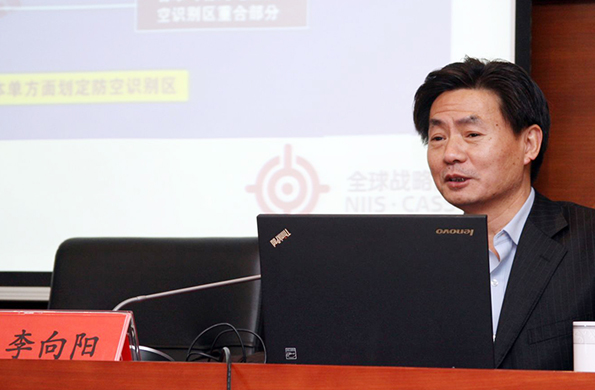Downward pressure mounts on the global economy
 Investors’ concerns about economic recession in the United States and around the world have risen as the US financial market has continued to exhibit an inverted yield curve. Historical experience shows that the inverted yield curve often portends an economic recession.
Investors’ concerns about economic recession in the United States and around the world have risen as the US financial market has continued to exhibit an inverted yield curve. Historical experience shows that the inverted yield curve often portends an economic recession.
Opponents, however, hold the view that the quantitative easing policy implemented by central banks in the developed countries after the international financial crisis has depressed long-term interest rates, so the inverted yield curve in the US financial market is not a warning sign of recession anymore. Even so, it is an undeniable fact that the downward pressure on the global economy is continuously mounting. Recently, the International Monetary Fund (IMF) cut this year’s global economic growth rate to 3.2%, a ten-year low.
Although the major developed economies have been growing slowly since the international financial crisis, they have seen no statistical recession. Driven internally by cyclical factors, a growth cycle of more than 10 years is hard to sustain. During this period, there are two significant trends that deserve our attention. The first compelling trend is the fact that the new technological revolution supporting economic growth has not yet played a leading role and new industries relying on the new technological revolution have not yet been established, which indicates that global economic growth is still largely benefitting from the quantitative easing policies implemented by several great powers.
The second trend that deserves our attention is that international trade, which has driven global economic growth, has shown no change. For most of the past 10 years, the growth rate of trade has been roughly the same as the economic growth rate, or even lower than the economic growth rate, which is in sharp contrast to the post-war trend of a trade growth rate two or three times higher than the economic growth rate. The growth rate of international trade rebounded from 2017 to 2018, but this economic recovery trend came to a halt again in the first half of 2019. It is estimated that global exports are expected to grow by only 1.8% in 2019.
In the short term, the inverted yield curve in the US financial market, the serious overvaluation of stock markets in developed countries, and the unilateral economic and trade frictions provoked by the US will hasten the emergence of the inflection point of the economic cycle. The inverted yield curve in the US financial market reflects investors’ worries about future prospects. The estimated data from Deutsche Bank shows that there are currently about $16 trillion of treasuries whose yields are close to zero in the global treasury market, accounting for 27% of total global treasury transactions. Meanwhile, the Bank of Japan (BOJ) and the European Central Bank (ECB) also have maintained negative interest rates. This phenomenon of borrowers being paid by lenders seriously distorts the price mechanism of financial markets. Although this phenomenon has not yet spread to the US securities market, the Federal Reserve has still been lowering interest rates. As such, there is potential for negative returns from US treasuries.
Stock markets in developed countries can’t enjoy the benefits brought about by long-term economic stimulus policies, such as tax cuts implemented by the US government. Against this background, the enormous impact on the financial market caused by the trade friction unilaterally instigated by the United States has begun to take shape.
In addition, the room for major developed countries to implement economic stimulus policies is shrinking. In the field of monetary policy, there is little room for the Federal Reserve to cut interest rates. The short-term interest rates of BOJ and ECB are negative, and the aftereffects of quantitative easing policy are still unresolved at present. In the area of fiscal policy, the US Congressional Budget Office predicts that the budget deficit of the federal government will exceed 1 trillion US dollars by 2020, which will inevitably hinder the implementation of some policies, such as expanding government spending and cutting taxes. As for the international coordination of macroeconomic policies, the protectionist and “America First” policies pursued by the US government have made it more difficult to coordinate the economic policies of great powers as a whole.
Reducing the risks and hazards of global economic recession requires cooperation among great powers, rather than pursuing a “beggar-thy-neighbor” strategy to pursue one’s own nation’s benefit.
This article was edited and translated from People’s Daily. Li Xiangyang is director of the National Institute of International Strategy at the Chinese Academy of Social Sciences.
edited by REN GUANHONG
